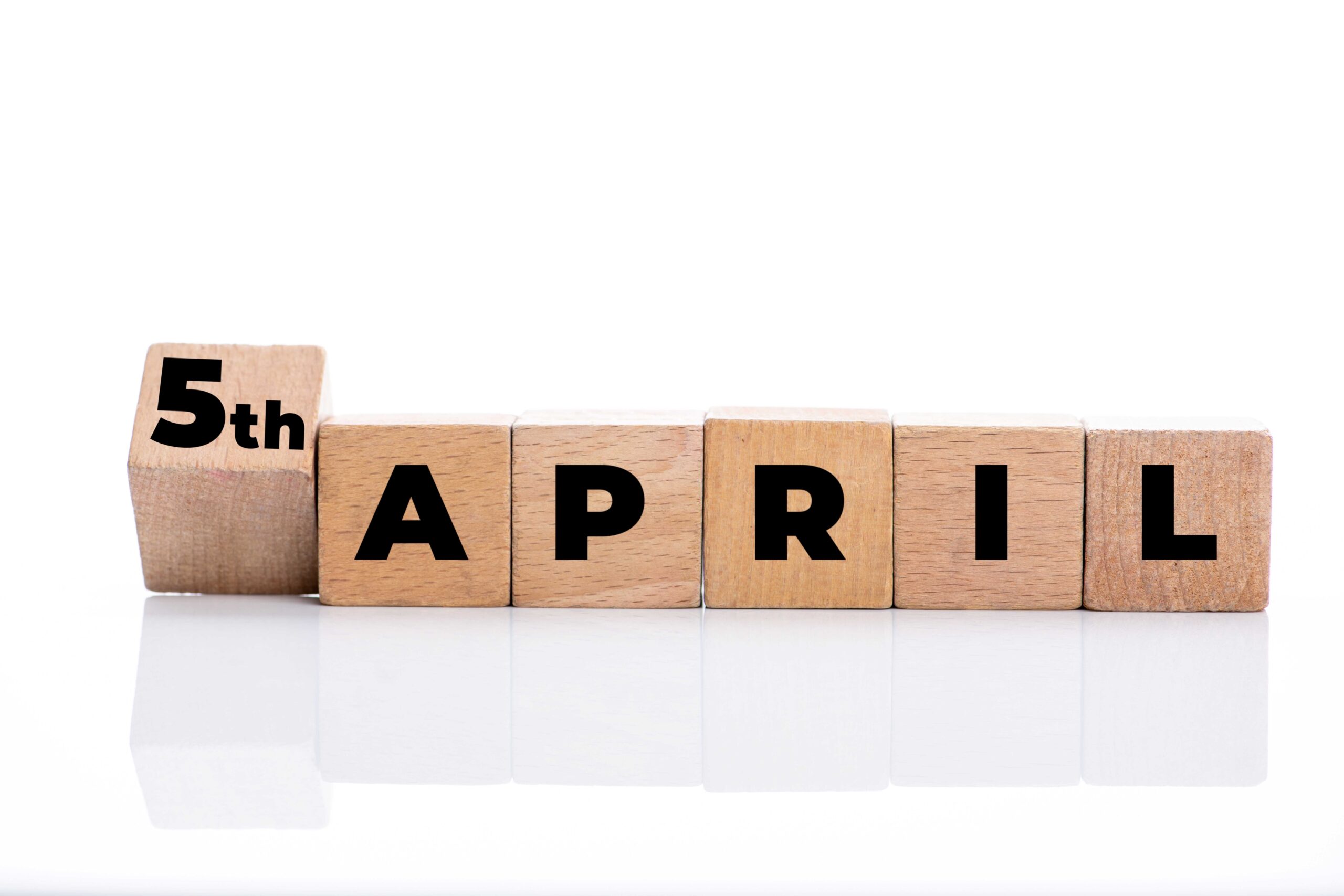
With the end of the tax year rapidly approaching, it’s an ideal time to consider your finances and take decisions to maximise tax-efficiency. With the right planning, you can make the most of available allowances, exemptions, and reliefs, before the 5th April.
Use your ISA allowance
Individual Savings Accounts (ISAs) remain one of the most tax-efficient ways to save and invest. As the tax year draws to a close, it’s time to assess whether you have fully used your available ISA allowances. For the 2023/24 tax year, the ISA allowance stands at £20,000 per individual. This allowance can be split between a Cash ISA, Stocks and Shares ISA, Innovative Finance ISA, and Lifetime ISA (up to a certain limit). In addition, up to £9,000 can be invested in a Junior ISA, which can be held by a child up to the age of 18. This could provide a planning opportunity to make gifts to children or grandchildren which makes use of the Junior ISA allowance.
It is important to note that ISA allowances must be used in the tax year in question, otherwise they are lost. There is no facility to carry forward or make use of allowances from previous years. It is very much a case of “use it or lose it”.
Making Pension Contributions
Contributing to your pension is not only a prudent retirement planning strategy but can also be a tax-efficient way to reduce your tax bill. Personal pension contributions benefit from tax relief at the individual’s highest marginal rate. Higher-rate and additional-rate taxpayers can claim additional tax relief through their self-assessment tax return. The maximum contribution that can be made (known as the Annual Allowance) for this tax year is £60,000 or 100% of an individual’s net relevant earnings (whichever is the greater).
Pensions are complex and the annual allowances carry some quirks for higher earners, as the amount they can contribute into a pension could be limited. In addition, an individual who has flexibly accessed a pension will be subject to the Money Purchase Annual Allowance, which limits the level of contributions to £10,000 in the current Tax Year. We recommend you seek advice before making pension contributions, to ensure that allowances are not breached, as there could be tax penalties for making excess contributions above your available allowance.
Consider Capital Gains
With the annual Capital Gains Tax (CGT) allowance dropping from £6,000 in the current Tax Year to £3,000 in the next Tax Year, it is an ideal time to review an existing investment portfolio and make use of the annual CGT allowance. Whilst the rate of CGT payable on the disposal of investments is not particularly punitive (10% for basic rate taxpayers and 20% for higher and additional rate taxpayers) it may make sense to sell part or all of an investment to use the available allowance if you hold investments that stand at a significant gain over the purchase price. That being said, the decision to sell an investment certainly takes greater consideration than simply looking at the tax implications, and this is where independent advice can help you assess an existing investment portfolio to take the right decision.
Gifting for Inheritance Tax planning
The end of the Tax Year is a good time for those with significant assets to consider whether any simple planning for Inheritance Tax mitigation is appropriate. The easiest method of reducing the value of an individual’s assets is to make a gift, and gifts made within the annual gift exemption do not carry any Inheritance Tax (IHT) implications.
For the current tax year, the annual gift exemption is set at £3,000 per person, which means that you can gift this amount to one person, or make a number of gifts up to this total. Couples can benefit from making joint gifts, effectively doubling the annual gift exemption to £6,000. In addition, if you haven’t used the gift exemption in the previous tax year, you can carry forward any unused allowance; however, this can only be done for a single tax year.
Gifts with a greater value than the annual gift exemption are also potentially exempt from IHT, as long as the individual making the gift survives for seven years after the gift has been made.
The end of the tax year is, therefore, an ideal time to assess whether you wish to make gifts, so that available allowances are maximised.
Other Tax breaks
There are many other smaller tax breaks that can add up and minimise the amount of tax that you pay. As with many tax allowances, the end of the tax year presents a call to action to avoid missing out on potential tax savings.
Those who are married or in a civil partnership could benefit from the marriage allowance. This is only effective if one partner earns below £12,570 per annum, and the other pays tax at basic rate. The non-taxpaying partner could transfer £1,260 of their personal allowance to the taxpaying partner, which would mean an income tax saving of £252. You can also potentially claim the allowance for the last four tax years, if you were eligible and did not claim.
It is also worth reviewing your income position in relation to the Child Benefit High Income Charge. Making pension contributions could be an effective way of reducing net income so that a lower charge is applied, or removed completely.
Get the right advice
As we have identified, there are many opportunities to take decisions to maximise tax efficiency, many of which could be lost if not used before the end of the tax year. Successful financial planning is, however, far more involved than simply ensuring your investments and savings are tax-efficient, and this is where engaging with a financial planner can help assess your financial priorities and make sensible plans for the future. Speak to one of our experienced financial planners to carry out a review of your financial position and consider any actions that need to be taken.





